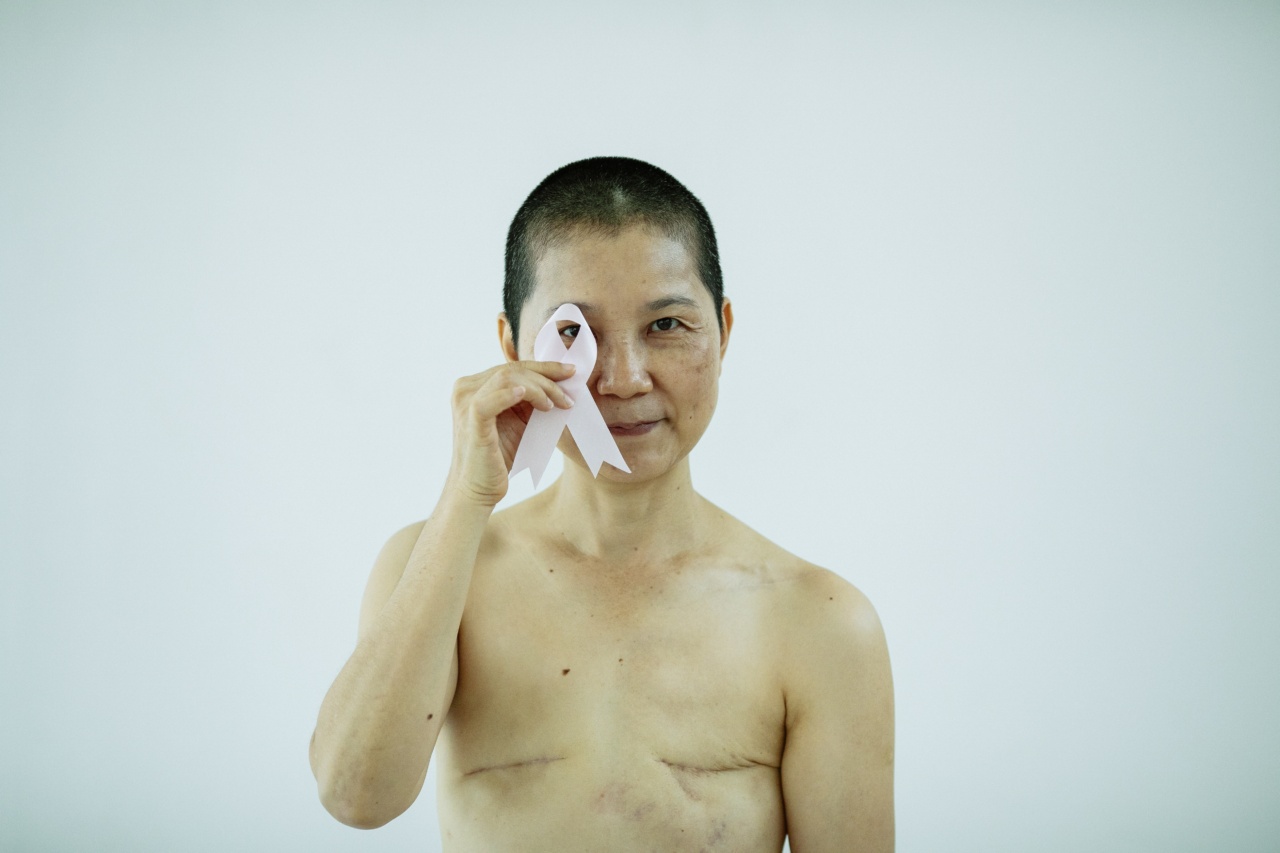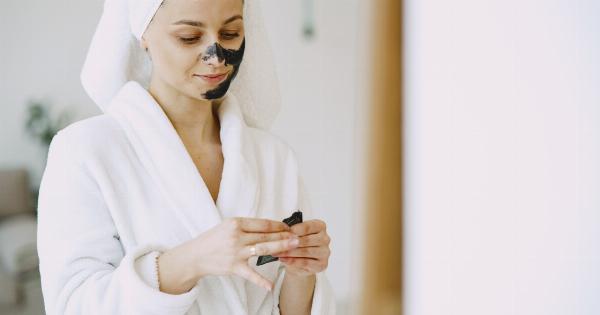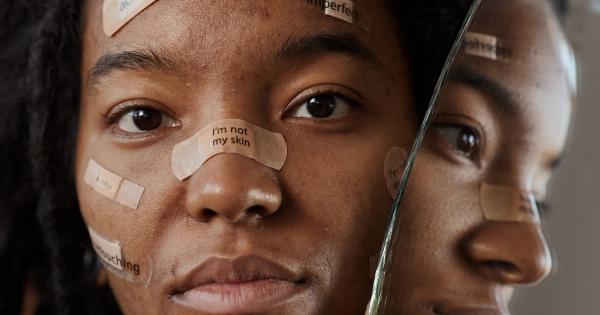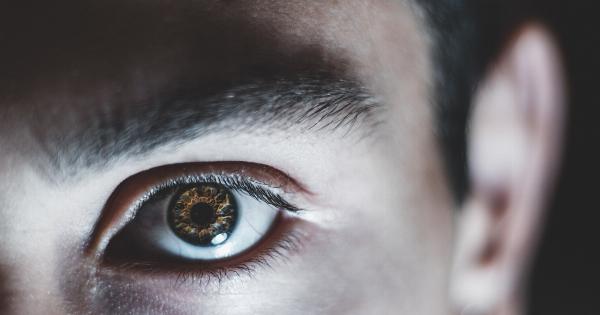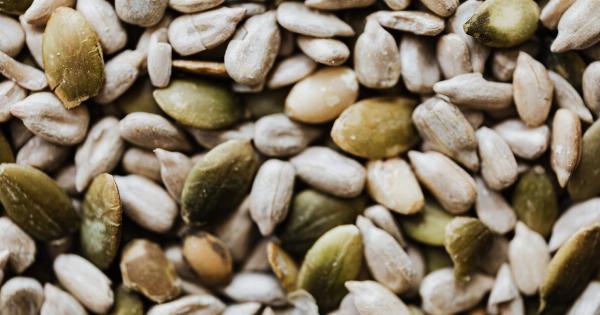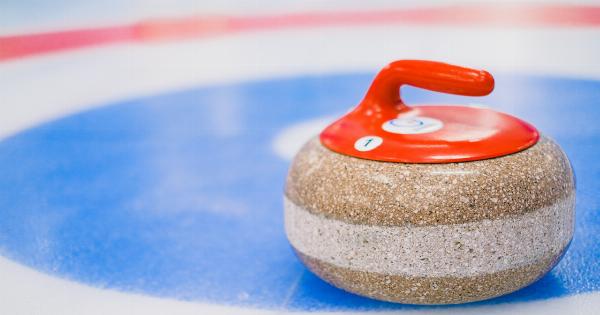Acne isn’t just limited to the surface of the skin, as many of us believe.
Internal pimples, also known as blind pimples or cystic acne, can occur deep within the skin, making them difficult to treat and often more painful and noticeable than traditional acne.
Symptoms of Internal Pimples
Internal pimples can be identified by a range of symptoms, including:.
- A painful, red bump that forms deep within the skin
- The bump may not have a whitehead, and can be difficult to extract
- May lead to scarring or discoloration of the skin
- Tend to be larger in size than traditional pimples
Causes of Internal Pimples
Internal pimples are caused by a buildup of bacteria, oil, and dead skin cells within the pores. This can be exacerbated by a variety of factors, including:.
- Fluctuations in hormones, particularly during puberty, menstruation, and pregnancy
- Excessive stress or anxiety
- Excessive oil production, often due to genetics
- Unhealthy diet and lifestyle choices
Treating Internal Pimples: Home Remedies and Medical Treatments
If you’re looking to treat internal pimples, you have several options available to you. These options include:.
1. Use Warm Compresses to Reduce Inflammation
Applying a warm compress to the affected area can help reduce inflammation and improve circulation to the area, making it easier for the pimple to heal.
Simply soak a clean cloth in warm water and place it over the pimple for 5-10 minutes at a time, several times per day until the pimple resolves.
2. Apply Tea Tree Oil to the Affected Area
Tea tree oil is a natural antiseptic that can help combat the bacteria that contribute to pimple development. Simply apply a small amount of tea tree oil to a cotton swab and apply it directly to the pimple twice per day until it resolves.
3. Avoid Picking or Squeezing the Pimple
As tempting as it may be, squeezing or picking at a pimple can lead to further inflammation, infection, and scarring. Instead, allow the pimple to heal on its own or use one of the above home remedies to speed up the process naturally.
4. Consult a Dermatologist for Prescribed Treatments
If home remedies fail to improve the pimple or your condition is severe, you may need to consult a dermatologist for prescribed treatments. These treatments may include oral medications, corticosteroid injections, or topical treatments.
Preventing Internal Pimples
While it’s impossible to prevent every pimple from forming, you can take steps to reduce the likelihood of developing internal pimples. These steps include:.
